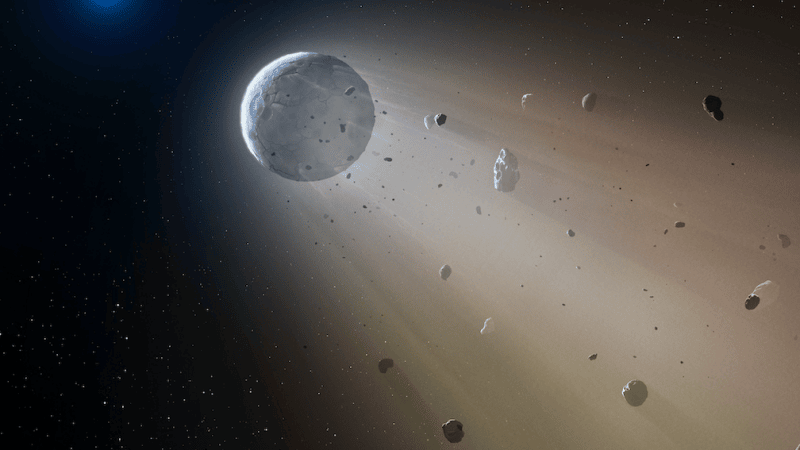We know that it space full of mysteries. And the latest discovery from the University of Warwick adds a big one: astronomers have recently discovered an ancient solar system that is very, very different from our cosmic home.
About 90 light-years away, researchers have identified a white dwarf more than 10 billion years old whose core is similar to that of our sun, surrounded by a "graveyard" of planetesimals (fragments of planets).
The faint star slowly absorbed these objects, but that's not the only thing unique about this star system: It's unlike anything around us. It's teeming with elements like lithium and potassium. No planet in our solar system has such a composition.
How is it possible?
Why is this ancient solar system in our first Milky Way galaxy so different? How did you get enriched with these elements?
“It's a complete mystery,” he says Abigail Elms, PhD candidate at the University of Warwick and contributor to the research published this week in the scientific journal of the Royal Astronomical Society (I link it to you here).
As mentioned, 2DJ2147-4035 (this is the name of the observed solar system) is very old. To be clear, it was formed and died even before the Sun and the Earth were born. His are the oldest planetesimals ever found in our galaxy around a white dwarf.

“Mysterious” solar system, all thanks to Gaia
The interesting discovery comes from Gaia, the space observatory that has long orbited maps stars and galaxies in the cosmos. After identifying this solar system, researchers used "X-Shooter", the special spectrometer located at high altitude in Chile, to detect the elements present in the atmospheres of these celestial bodies.
As mentioned, chemicals such as lithium, potassium and sodium were attracted by gravity and accumulated around the ancient star. White dwarfs are made of hydrogen or helium, so the only "suppliers" of the extra elements are the rocky residues of the "cemetery of planets" that populate the solar system.
Will it be like this for us too?
Over 95% of stars, like the sun, evolve into white dwarfs. Towards the end of their life, they expand and destroy everything. As our sun expands, it will engulf Mercury, Venus, and possibly even the Earth, before losing its outer layers. The red giants will leave behind wrecks of planets and moons.
Don't be alarmed, though. It will take our sun about 5 billion years to become a white dwarf.


